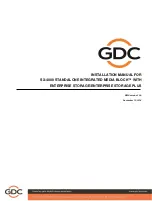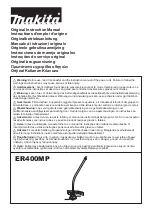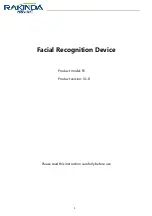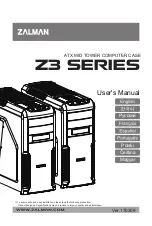
Warning:
Do not repaint the helmet!
Repainting of your helmet is not recommended. Paint and
thinner can damage the helmet and reduce its ability to
provide head protection in an accident.
Warning:
Replace the helmet after no more than five years!
The useful life of the helmet depends on its use and care.
We recommend that this helmet has to be replaced after no
more than five years from its date of purchase.
Caution:
To avoid liner damage, do not hang the helmet on the mirror
or the handlebar.
Caution:
Do not carry the helmet on the motorcycle’s helmet storage
lock while riding in order to avoid exhaust pipe burns, tire
abrasion, and strap damage to the helmet.
Caution:
Keep the helmet outside the reach of pets to avoid the helmet
being damaged by chewing, scratching or other mistreatment.
Caution:
Do not expose the helmet to solvents including gasoline or
any fumes thereof in order to avoid damage to shields, shell,
plastic components and interior.
1. CONFORMANCE TO STANDARDS
The helmet conforms to the DOT 218 Standard and the ECE R 22.05
standard. These test standards guarantee conformity to defined
safety standards in respect of impact absorption, penetration
resistance, lateral rigidity, retention system and field of vision.
The approval guarantees that you have approval for the USA
and all the countries of the European Union as well as countries
which recognize the ECE R 22.05 or DOT 218 standard. It is only
legal to use it in countries where these standards are valid.
2. ECE APPROVAL and DOT-LABEL
(fixed to the comfort
padding of the retention system)
DOT-Label
(fixed to the rear side of the helmet)
ECE test standard
Certification number
Certifying authority
Serial number
051234/P-1234
05123456
C. rEAD FIrST
D. THE HELMET
Summary of Contents for C3 PRO
Page 1: ...MANUAL C3PRO ...
















































